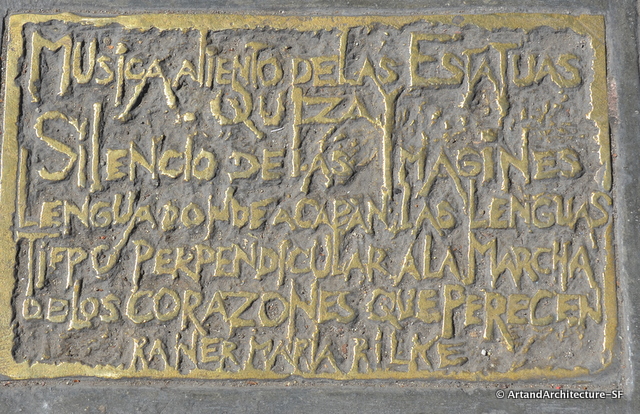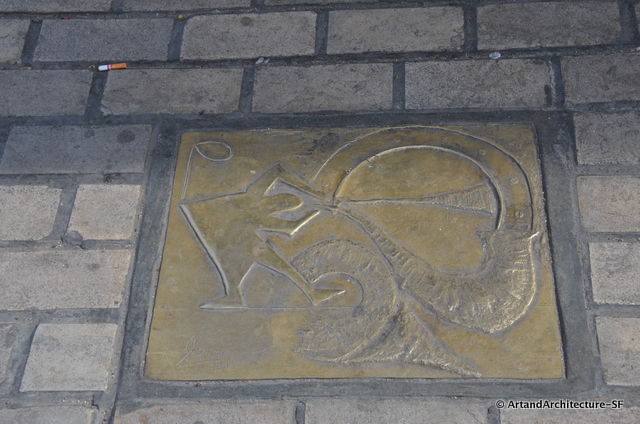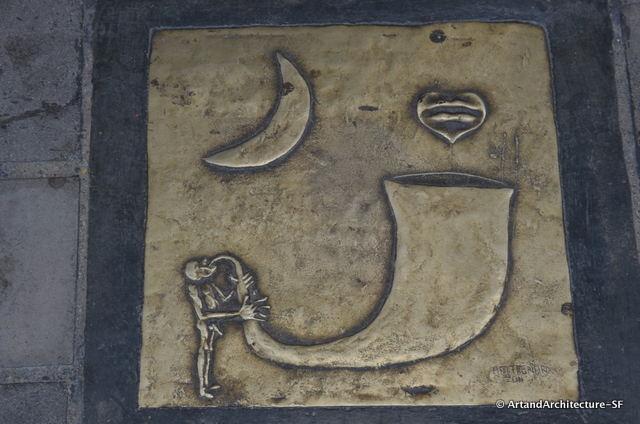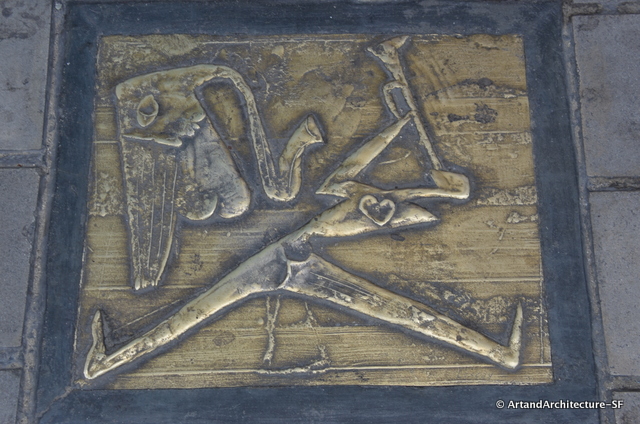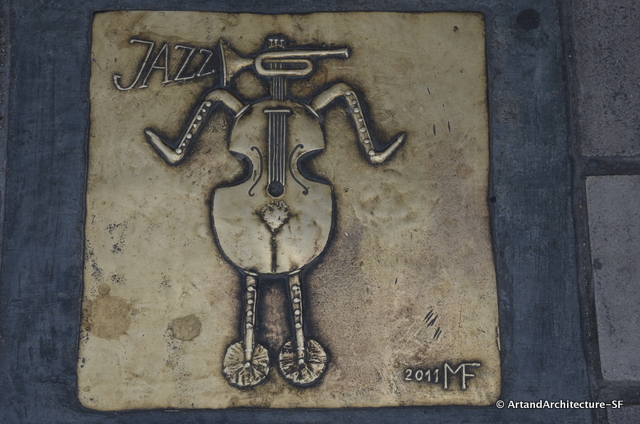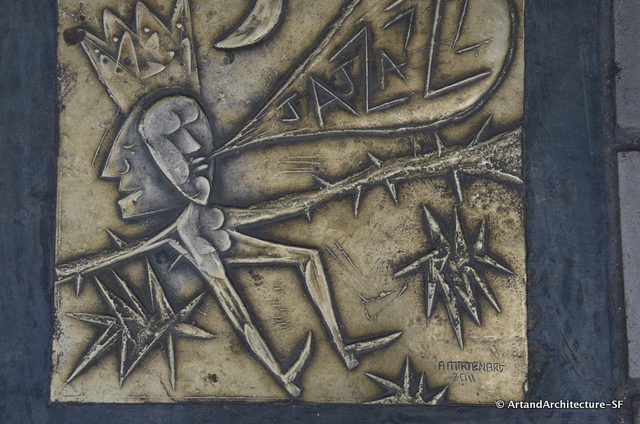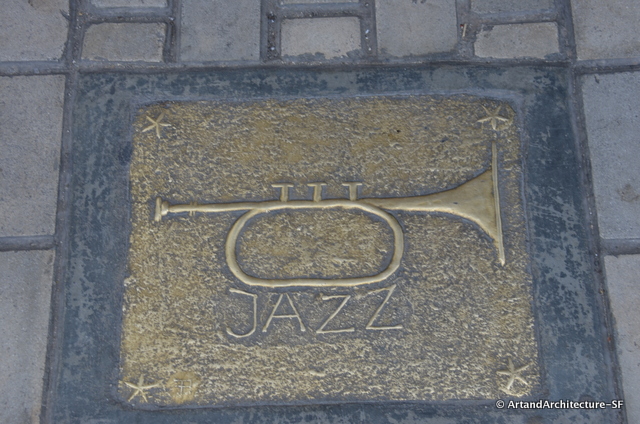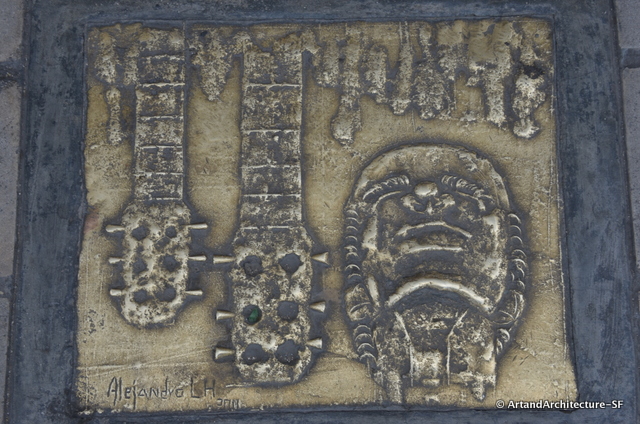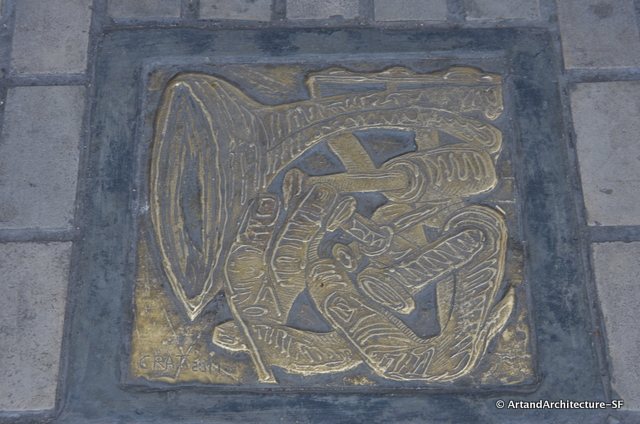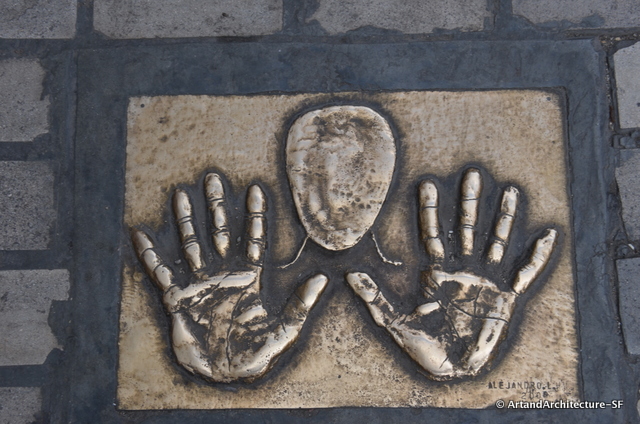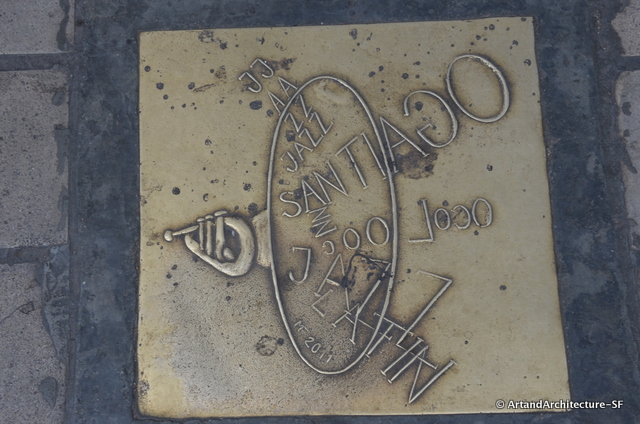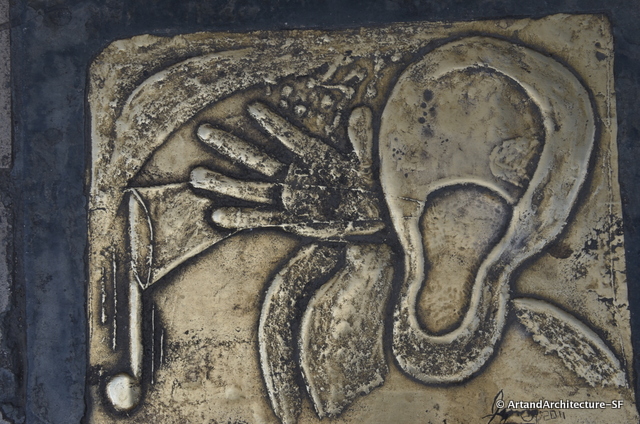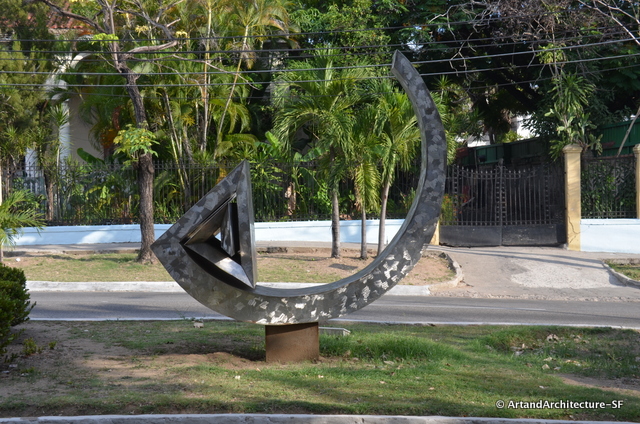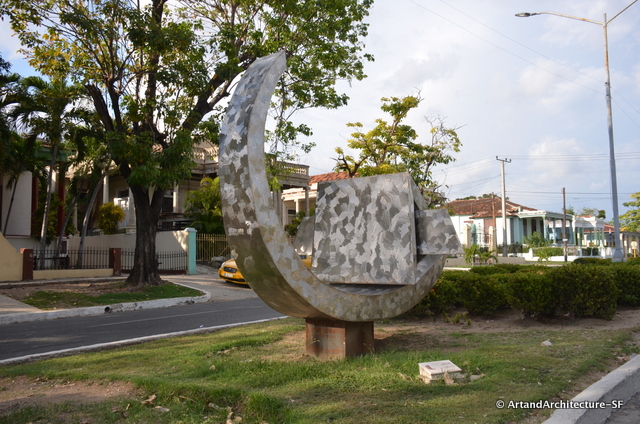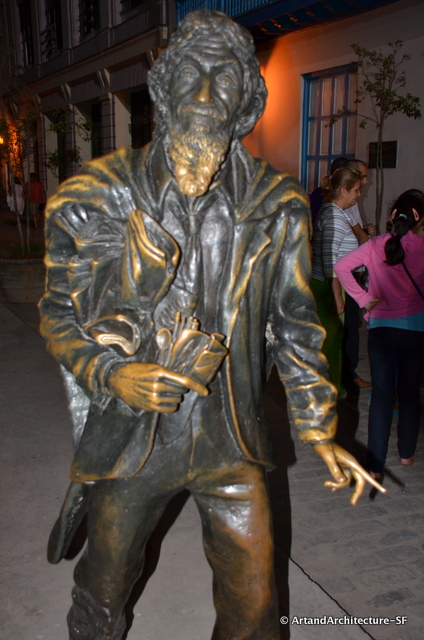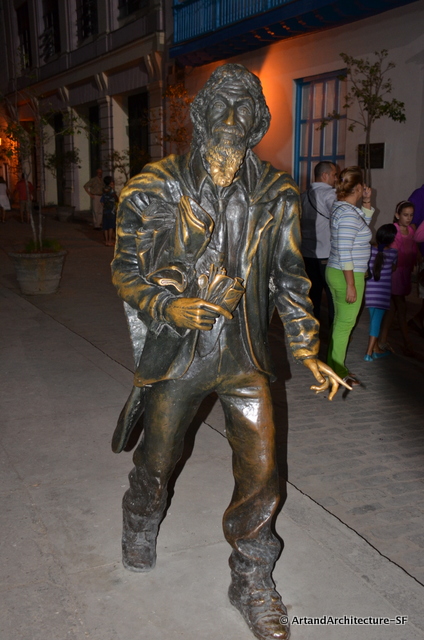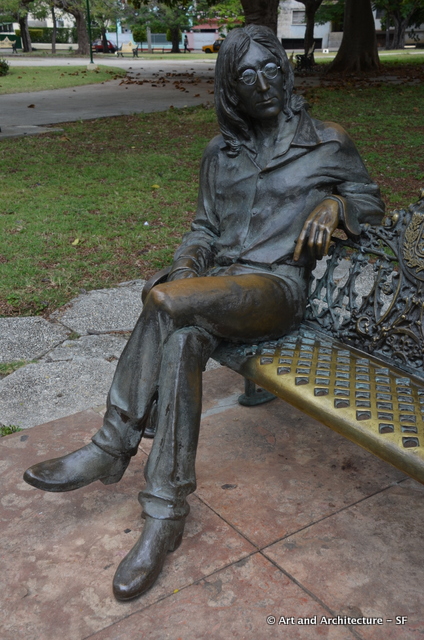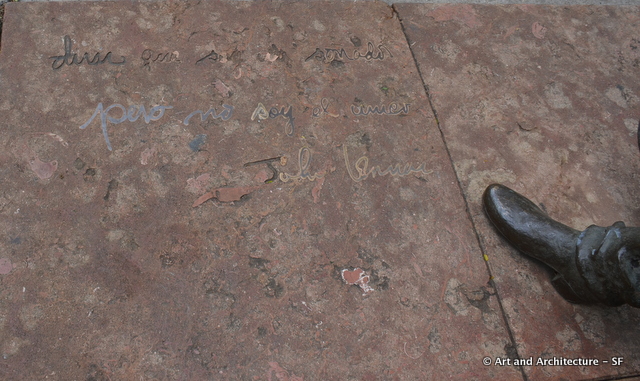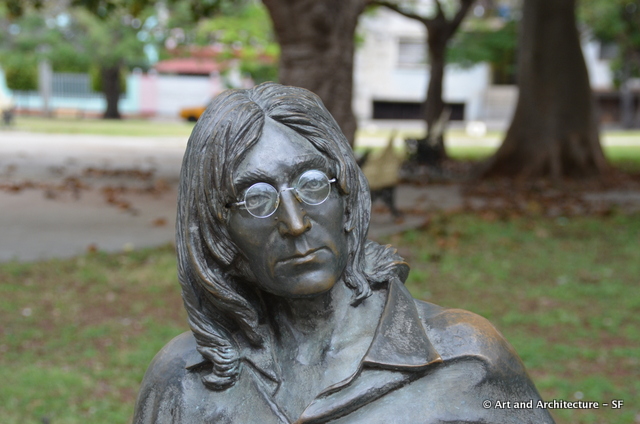Music: breathing of statues.
Perhaps
Silence of paintings.
You language where all language ends.
You time standing vertically
On the motion of mortal hearts.
by poet Rainer Maria Rilke
IRIS Jazz Club is a cultural complex located in front of in the city of Santiago de Cuba. The space, originally a cafeteria, was turned into a jazz club with the specific purpose of promoting jazz in the area.
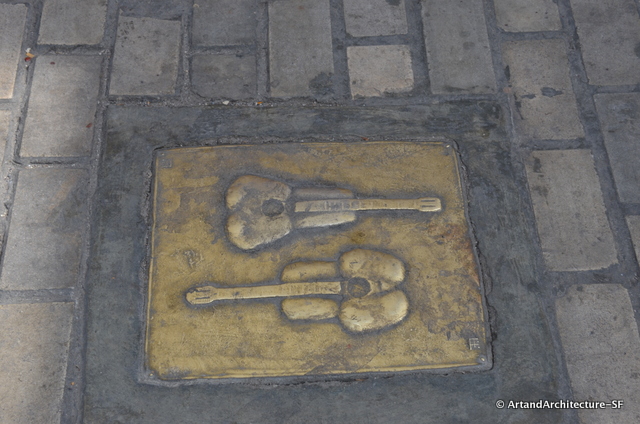 Santiago de Cuba is celebrating their 500th year in 2015. These bronze panels were the work of Santiago born artist Alberto Lescay’s Caguayo foundation to mark this celebration. The program costs 125,400 Cuba Pesos or approximately $5000US.
Santiago de Cuba is celebrating their 500th year in 2015. These bronze panels were the work of Santiago born artist Alberto Lescay’s Caguayo foundation to mark this celebration. The program costs 125,400 Cuba Pesos or approximately $5000US.
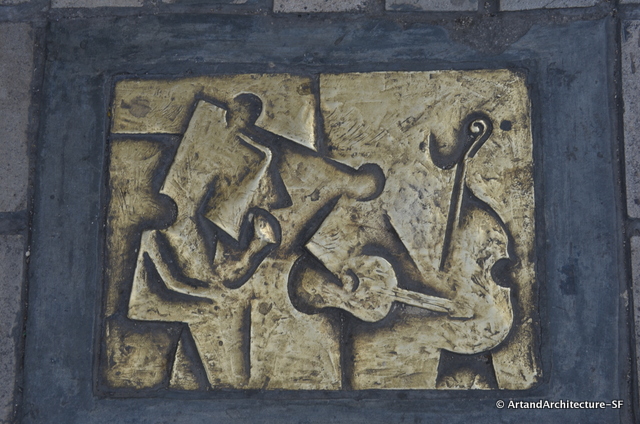 A group of about 20 Cuban and German visual artists work with Lescay on the project.
A group of about 20 Cuban and German visual artists work with Lescay on the project.
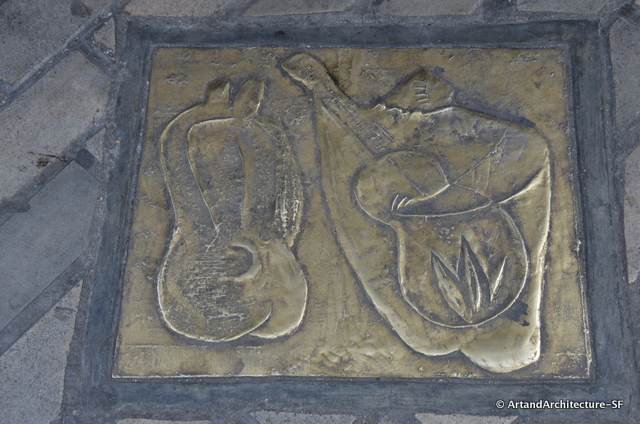 *
*
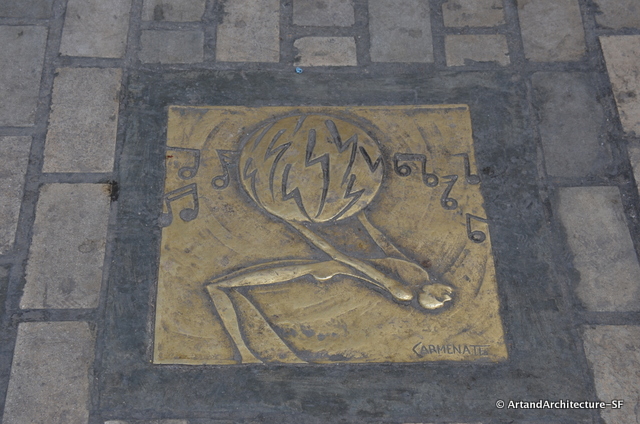 *
*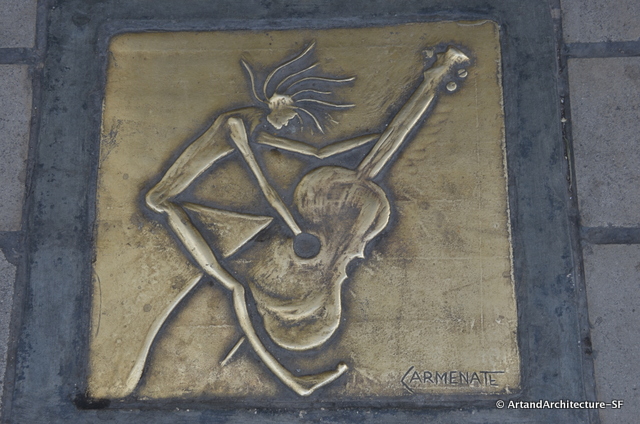
*
